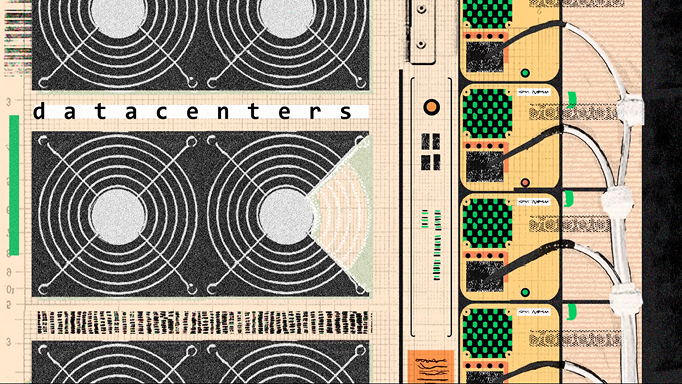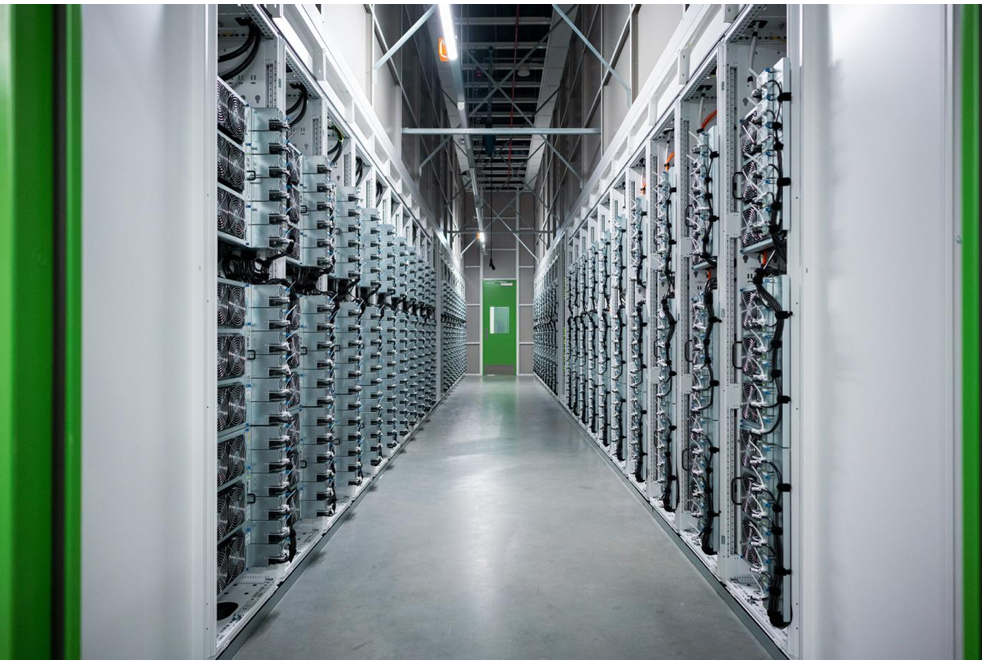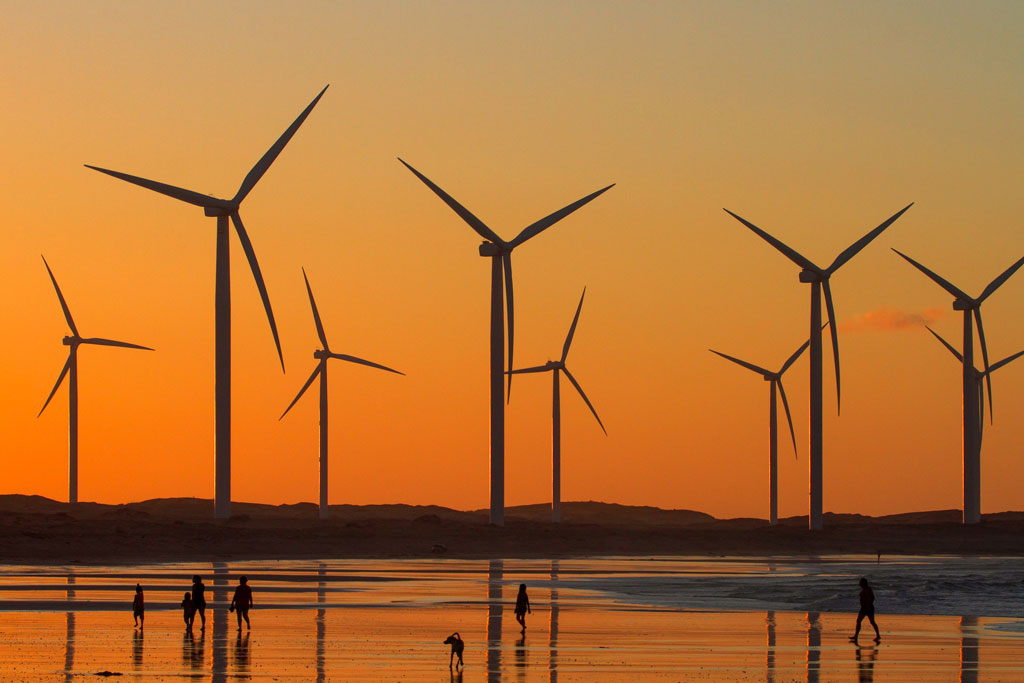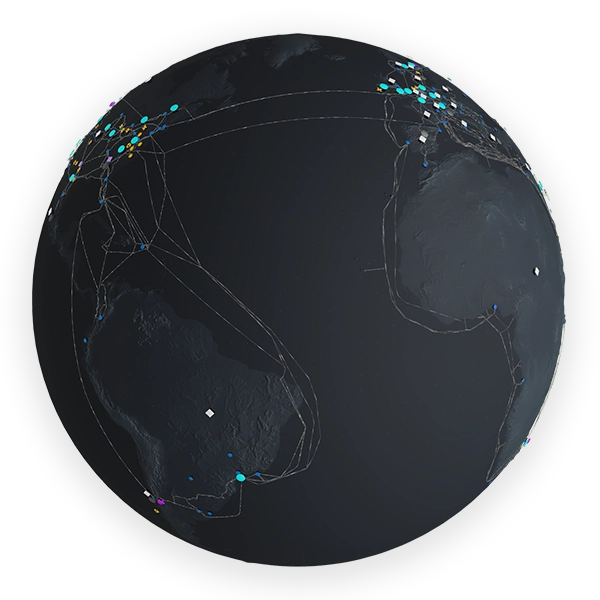What is a datacenter?
Microsoft Datacenters: Powering Our Daily Lives
When you access social media, shop online, manage your healthcare information, or log onto online banking, ever wonder how all that happens? All these tasks are connected by one thing: datacenters.


What is a datacenter?
When your doctor puts a prescription through to your pharmacy, when a first responder receives a call from the central call desk, when you transfer money as a gift to a relative, it’s datacenters that play a crucial role in our everyday lives. Datacenters provide the physical infrastructure for the technology we depend on at work and in our personal lives – from the life-saving work of doctors and first responders to online banking and remote work. They power everyday lives such as online education, local businesses, government, hospitals, video calls with family and deliveries to your doorstep. Whenever you browse the internet, place a Friday night pizza order, upload photos to social media, check emails at work, or even watch this video, you’re relying on a datacenter operating somewhere in the world.
Datacenters power the Microsoft Cloud, which allows you to conveniently use online services to store files, download software, and run apps. It means you can store your photos, play Xbox games, video call with your family, and work on documents from anywhere and on any device, without needing a powerful computer.
A datacenter houses thousands of powerful computers, or “servers.” Microsoft datacenters have rows and rows of these servers, working around the clock to allow your information to be ready whenever you need it.
Even after unexpected events or disasters, behind the scenes, skilled technicians and engineers maintain and keep our datacenters running smoothly. This involves building in redundancy. For instance, when a power outage strikes one datacenter, another one takes over in an instant, ensuring you can continue operating your devices and watch your favorite show without even noticing that something happened. Our datacenters are equipped with backup systems to handle unexpected events, such as power outages or hardware failures. This level of resilience helps support access to the services you need when you need them. The Microsoft Cloud also provides capabilities to replicate data across multiple datacenters giving customers more reliable access to their data, even when a single datacenter region is affected by a disaster. Microsoft operates a network of hundreds of secure datacenters in dozens of countries, connected by hundreds of thousands of miles of fiber optic cables, so services can be close to where you access the cloud. Our cloud footprint continues to grow as we add more regions and datacenters all over the world to meet growing customer demand.


Sustainability Initiatives at Microsoft
Datacenters generate heat, just like how a car engine gets warm when it is running. It is important that datacenters stay cool, so they work better, and don’t malfunction. Because we know datacenters require electricity and use water, sustainability is one of our top priorities and we are working hard to reduce our environmental impact and looking at new ways to integrate renewable energy sources, use less water, and recycle or reuse waste in our datacenters.
We are committed to making our datacenters more sustainable by using renewable energy sources to power our facilities, improving datacenter energy efficiency, and reducing our environmental footprint to help create a more sustainable future. We are working to deliver a more sustainable cloud platform, aiming to:
- Be carbon negative by 2030, and by 2050, remove our historical emissions since our founding in 1975.
- Be water positive by 2030.
- Be zero waste by 2030. Recycle 90% of the waste produced by our datacenters and offices and 75% of the waste from our construction projects and achieve zero waste by 2030. Microsoft Circular Centers are helping to reduce waste by processing and routing decommissioned servers and hardware parts from datacenters to their next useful lives.
- Protect more land than we use by 2025, while preserving and restoring ecosystems in the areas where we live and work. As of FY23, we exceeded our land protection target by more than 40%. At this point, 15,849 acres of land have been legally designated as permanently protected compared to our goal of 11,000 acres.
Learn more about Microsoft datacenter sustainability here.
Working with communities where datacenters are located
Microsoft operates hundreds of datacenters around the world, and works closely with communities to contribute to a sustainable future, advance local prosperity through jobs and training, and operate responsibly as a good neighbor. Learn more about our community investments by visiting Microsoft in Your Community.
Aligned with Microsoft’s global commitments, our Datacenter Community Pledge is to build and operate digital infrastructure that addresses community challenges and creates local benefits where we operate and where our employees live and work. Through initiatives such as the Microsoft Datacenter Academy, we are trying to help every person gain access to technology, skills, and opportunity to pursue in-demand jobs in a changing world. Additionally, the local datacenter infrastructure supports and stimulates economic development and tax revenue from our datacenter operations which helps fund public services, roads, and schools.

Looking forward to the future
As our digital world grows, so does the need for datacenters. Microsoft is evolving its datacenters to support new technologies like AI, while investing in innovative approaches, carbon-free energy, and cutting-edge materials to make our datacenters more resilient, efficient, secure and environmentally responsible.
So, the next time you use your favorite online service or app, remember that datacenters are working behind the scenes to make it all possible. Want to know more? Learn more about Microsoft datacenters and how they power our digital world.





